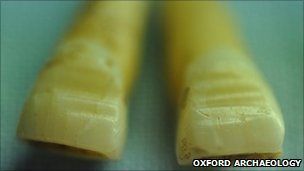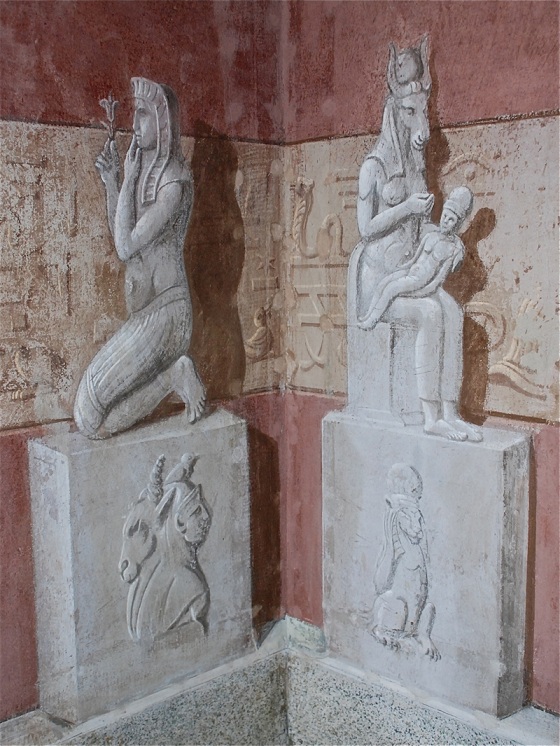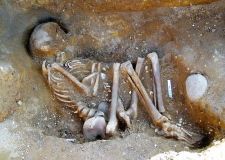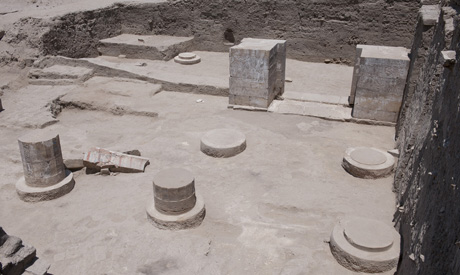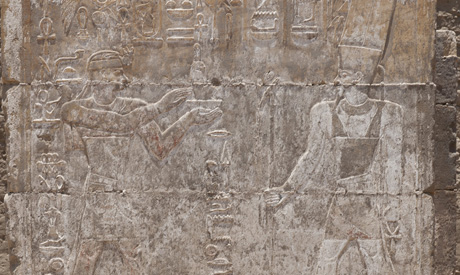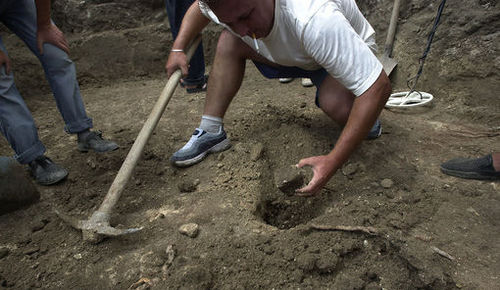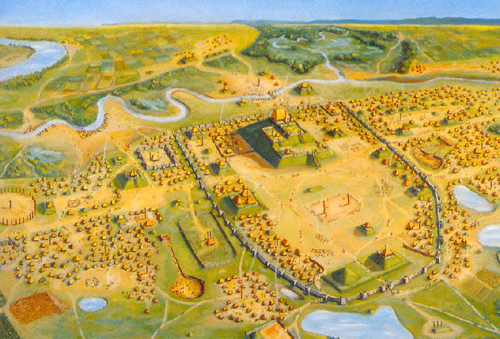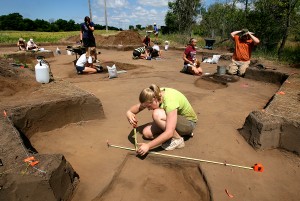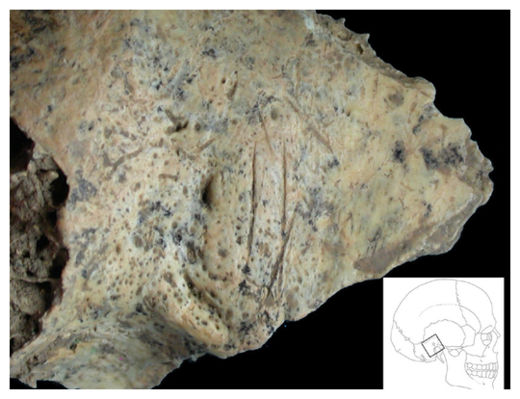
Early humans wore jewelry and likely practiced cannibalism, suggest remains of the earliest known Homo sapiens from southeastern Europe.
The remains, described in PLoS One, date to 32,000 years ago and represent the oldest direct evidence for anatomically modern humans in a well-documented context. The human remains are also the oldest known for our species in Europe to show post-mortem cut marks.
"Our observations indicate a post-mortem treatment of human corpses including the selection of the skull," co-author Stephane Pean, a paleozoologist and archaeologist at the National Museum of Natural History in Paris, told Discovery News. "We demonstrate that this treatment was not for nutritional purposes, according to comparison with game butchery treatment, so it is not a dietary cannibalism."
Instead, Pean said that he and his colleagues believe that the "observed treatment of the human body, together with the presence of body ornaments, indicates rather a mortuary ritual: either a ritual cannibalism or a specific mortuary practice for secondary disposal."
